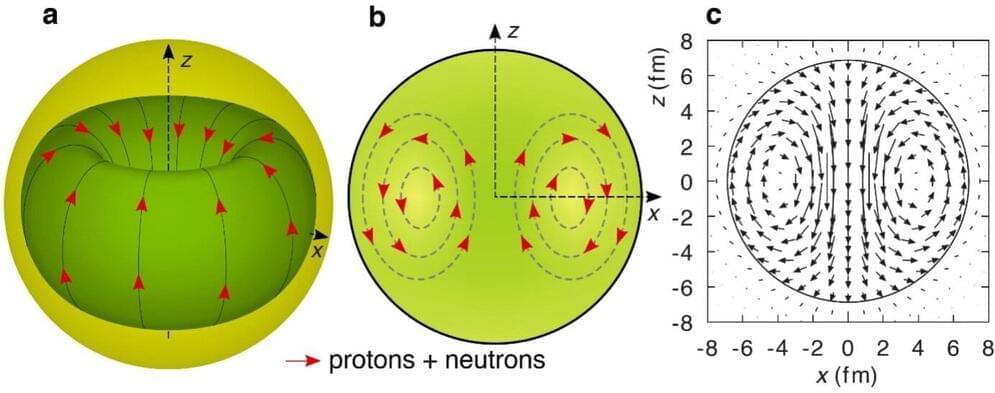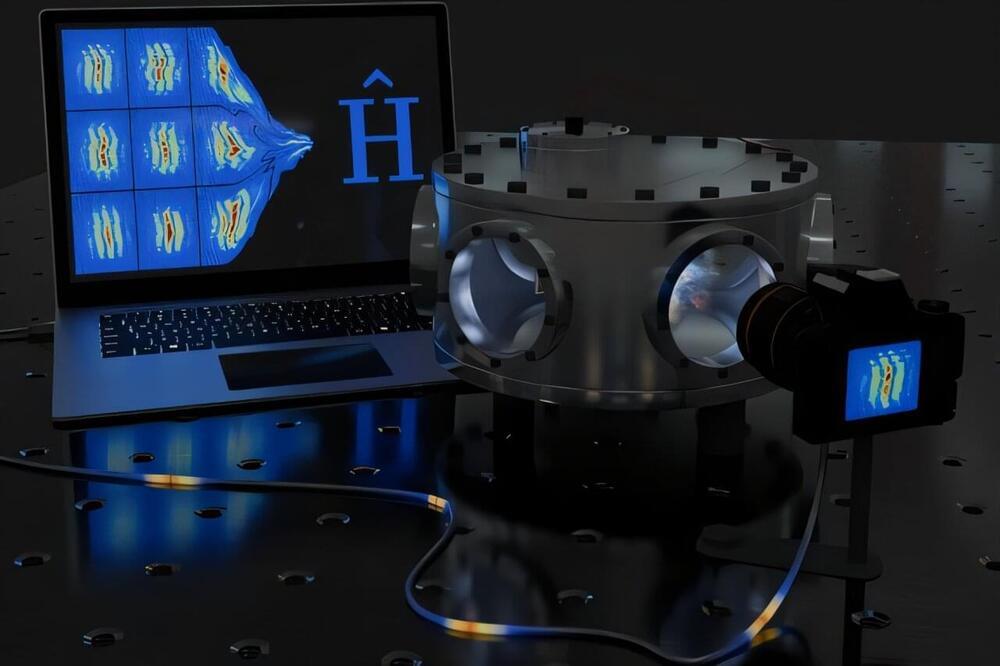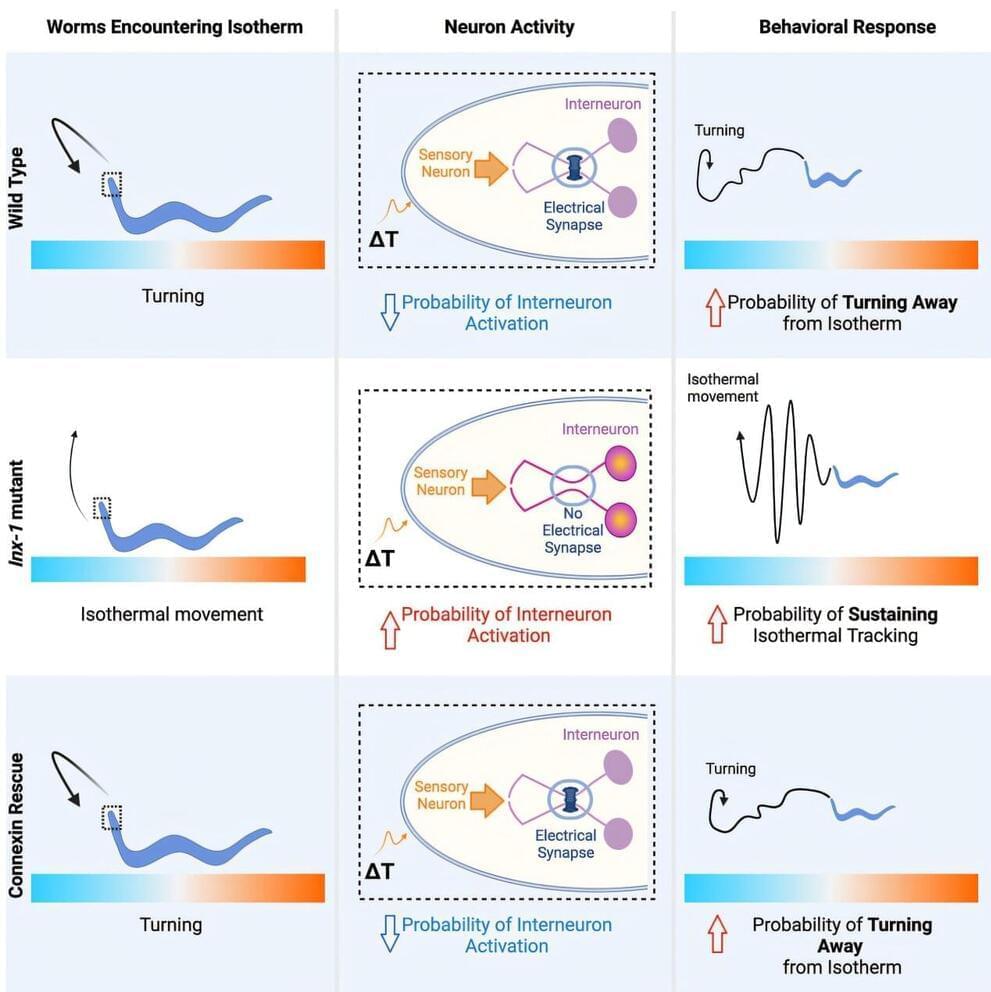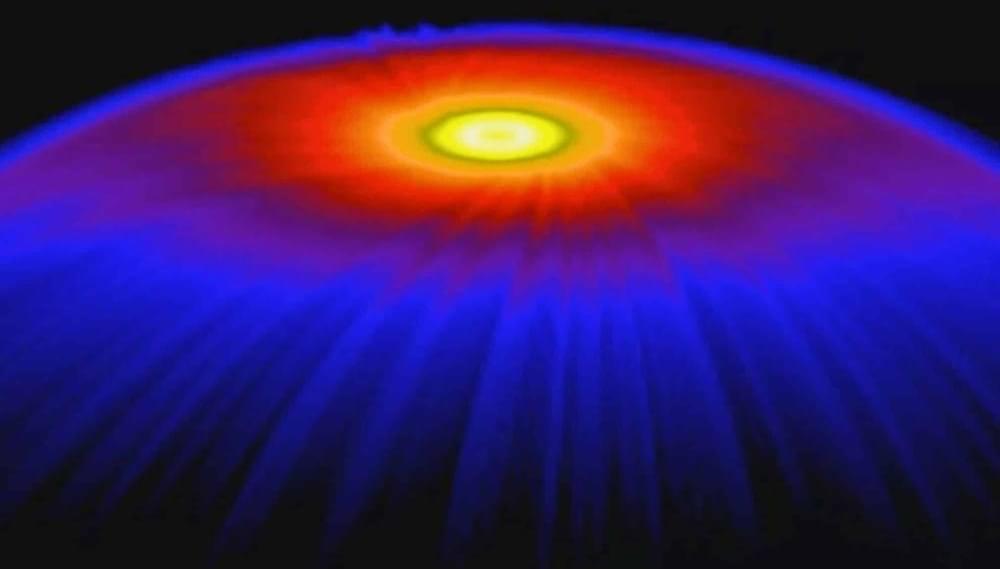Nvidia CEO Jensen Huang also announced new AI tools for creating autonomous agents during a keynote address at CES.



“The Chinese wisely recognize that if a country standardizes on China’s AI platform, it likely will continue to rely on that platform in the future,” Smith said.
The US should move quickly to promote its AI technology as superior and more trustworthy, enlisting allies in the effort, he recommended.
For its part, Microsoft is on pace to invest about $80 billion this year to build out AI datacenters, train AI models and deploy cloud-based applications around the world, according to Smith.


United Airlines is speeding up its timeline for connecting its fleet to Starlink, Elon Musk’s satellite network that provides high-speed internet around the globe.
The airline expects to begin testing Starlink in February with the first commercial flight anticipated in the spring on a United Embraer E-175 aircraft, used for regional flights. United plans to outfit its entire two-cabin regional fleet, about 200 planes, with the service by the end of 2025.
And United anticipates seeing its first Starlink-connected mainline aircraft take off before the end of the year.

Dipole toroidal modes are a unique set of excitations that are predicted to occur in various physical systems, ranging from atomic nuclei to metamaterials. What characterizes these excitations, or modes, is a toroidal distribution of currents, which results in the formation of vortex-like structures.
A classic example is smoke rings, the characteristic “rings” of smoke produced when puffs of smoke are released into the air through a narrow opening. Physics theories have also predicted the existence of toroidal dipole excitations in atomic nuclei, yet observing these modes has so far proved challenging.
Researchers at Technische Universitat Darmstadt, the Joint Institute for Nuclear Research, and other institutes recently identified candidates for toroidal dipole excitations in the nucleus 58 Ni for the very first time. Their paper, published in Physical Review Letters, opens new possibilities for the experimental observations of these elusive modes in heavy nuclei.

Quantum physics is a very diverse field: it describes particle collisions shortly after the Big Bang as well as electrons in solid materials or atoms far out in space. But not all quantum objects are equally easy to study. For some—such as the early universe—direct experiments are not possible at all.
However, in many cases, quantum simulators can be used instead: one quantum system (for example, a cloud of ultracold atoms) is studied in order to learn something about another system that looks physically very different, but still follows the same laws, i.e. adheres to the same mathematical equations.
It is often difficult to find out which equations determine a particular quantum system. Normally, one first has to make theoretical assumptions and then conduct experiments to check whether these assumptions prove correct.

Scientists at Yale and the University of Connecticut have taken a major step in understanding how animal brains make decisions, revealing a crucial role for electrical synapses in “filtering” sensory information.
The new research, published in the journal Cell, demonstrates how a specific configuration of electrical synapses enables animals to make context-appropriate choices, even when faced with similar sensory inputs.
Animal brains are constantly bombarded with sensory information—sights, sounds, smells, and more. Making sense of this information, scientists say, requires a sophisticated filtering system that focuses on relevant details and enables an animal to act accordingly. Such a filtering system doesn’t simply block out “noise”—it actively prioritizes information depending on the situation. Focusing on certain sensory information and deploying a context-specific behavior is known as “action selection.”

Physicists have proposed a solution to a long-standing puzzle surrounding the GD-1 stellar stream, one of the most well-studied streams within the galactic halo of the Milky Way, known for its long, thin structure, and unusual spur and gap features.
The team of researchers, led by Hai-Bo Yu at the University of California, Riverside, proposed that a core-collapsing self-interacting dark matter (SIDM) “subhalo” — a smaller, satellite halo within the galactic halo — is responsible for the peculiar spur and gap features observed in the GD-1 stellar stream.
Study results appear in The Astrophysical Journal Letters in a paper titled “The GD-1 Stellar Stream Perturber as a Core-collapsed Self-interacting Dark Matter Halo.” The research could have significant implications for understanding the properties of dark matter in the universe.

Astronomers have captured a stunning first: an image of a protective bubble around a star like our sun. This mysterious astrosphere, a cosmic shield against harmful radiation, could hold clues about the sun’s turbulent youth. Nicknamed The Moth, this star boasts peculiar wing-like structures, hinting at a deeper story.

January 18, 2025: A Venus-Saturn conjunction occurs after sunset in the southwestern sky. The two planets are part of a nightly planet parade that marches westward from Earth’s rotation.
By Jeffrey L. Hunt.
Chicago, Illinois: Sunrise, 7:14 a.m. CDT; Sunset, 4:49 p.m. CST. Check local sources for sunrise and sunset times. Times are calculated by the US Naval Observatory’s MICA computer program.